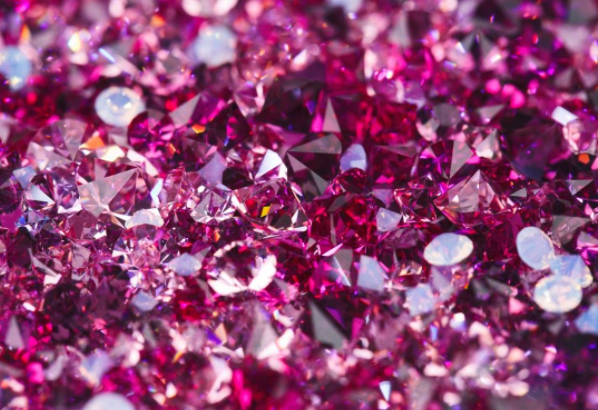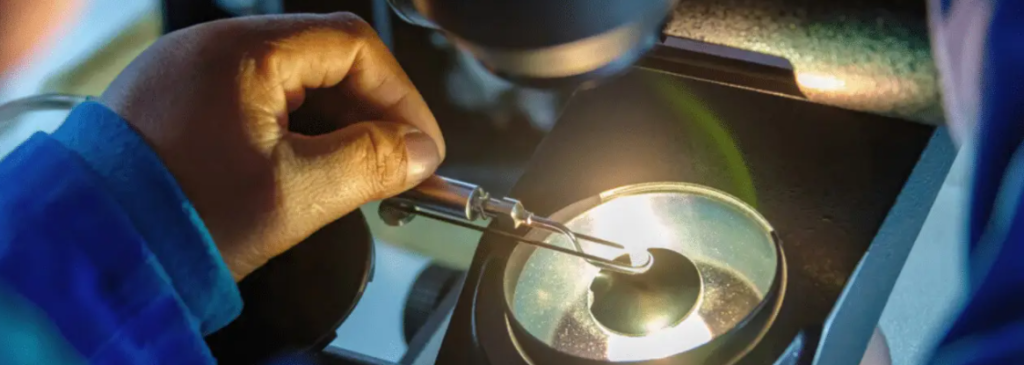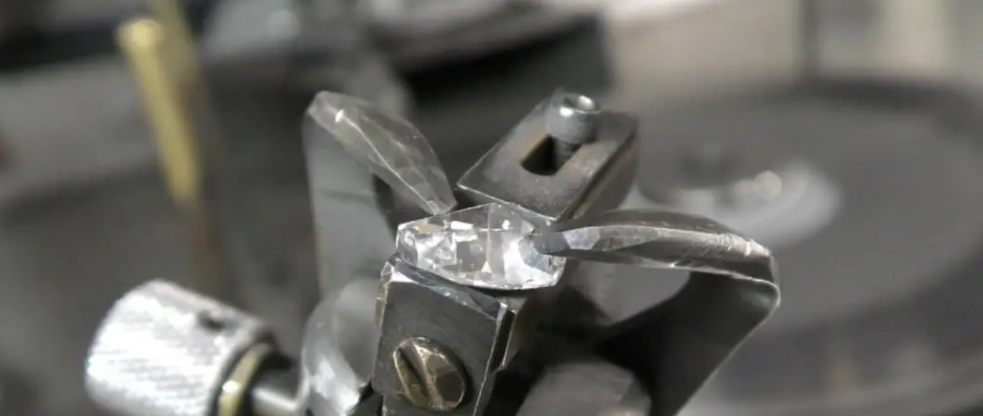Today, precious stones of amazing beauty adorn a variety of jewelry: earrings, rings, bracelets, necklaces, tiaras … And it is unlikely that there will be a girl in the world who will not be delighted with diamonds. Due to its attractiveness and high cost, jewelry with a stone even 0.1 carat is a reason to assume that a person has serious intentions for you.
What is so magical about these stones that for decades we have been making us want to own and admire them? Today there are many gems, but the diamond did not yield to any of them its royal title. Perhaps the secret of popularity lies in the fact that one stone, say 0.12 carats, is able to accommodate the mysterious overflows of many shades and beckons with its dazzling brilliance?
Rings encrusted with other gems are undoubtedly very beautiful. Someone buys them following fashion trends, someone – due to personal preferences, but only a diamond ring (even 0.2 carats) has such magnetism and elegance that no other gem can match. Diamond jewelry has long existed out of time and fashion. They can be very modest or obscenely luxurious, but, of course, a diamond ring is always an elegant piece of jewelry, both on the hand of a businesswoman and on the handle of a young girl.
What do we know about diamonds as they are?

A diamond is a completely unique work of nature, presented to the world with the light hand of a jeweler-cutter. Many people mistakenly believe that diamonds are exclusively colorless, but this is not the case. There are also colored diamonds, the colors of which are called fantasy, this is due to the fact that the richness of their color can be imagined even in the boldest fantasies. So, the color group of a diamond is one of the factors influencing its value. It is believed that the most valuable are completely colorless stones (they are hunted by collectors), but fantasy has a unique personality, seeing them once, you will remember them forever. Let’s look at the types of diamonds by color.
By the way, the largest diamond in the world, weighing 545.67 carats is called the “Golden Jubilee”. It is easy to translate karats into grams, it will be 109,134 grams. The stone has a yellow-brown hue and is now stored in Bangkok, namely – in the Royal Palace.
What is the purity of a diamond and how to know it?

Diamond purity is a complex concept that determines the degree of its external or internal defects (cracks, natural inclusions, etc.), number, and location. This parameter is very important because it shows how easily the diamond can reflect light and how difficult it will be to process. Let’s open a little secret, each buyer can independently determine or check whether the parameter of purity of the diamond corresponds to the specified, considering the stone under a magnifying glass of 10 times magnification. The color and purity of diamonds are indicators of attractiveness, sometimes rarity, and in all cases the price of a diamond.
How many faces does a diamond have?
Faceting of stone is a process of grinding, as a result of which different planes are applied to it and the stone finds a certain shape. The given planes are called facets or faces. Diamonds of various shapes are found in nature, but their properties (color, luster, the play of light) are revealed only due to the facet, which, moreover, well hides various natural flaws.

The scientist made a phenomenal discovery based on the law of total internal reflection. The light that hits the surface of the stone is reflected from its faces, according to the law, and goes back. So the optical properties of the stone are best manifested, creating a unique play of light. A perfect round diamond should have 57 faces. But the bigger the stone, the more facets it has. If you consider diamonds less than 0.03 carats, the number of their faces is 17, from 0.03 to 0.05 carats – 33 faces. However, quite often even diamond 0,
There are other forms of facets, they are called fantasy. Fantasy types of cut are also divided into two types:
- wedge-shaped, close in proportions, and finish to the round shape of a diamond (oval, pear, marquis, princess, heart, radiant, etc.);
- stepped, when the facet is composed of tiers (emerald, baguette, etc.)
Is it possible to see the difference between the same forms of cutting? Yes, it is quite real.
Another article on this blog that might interests you:
